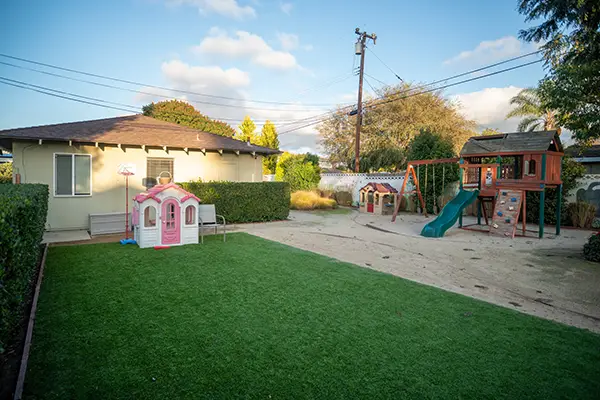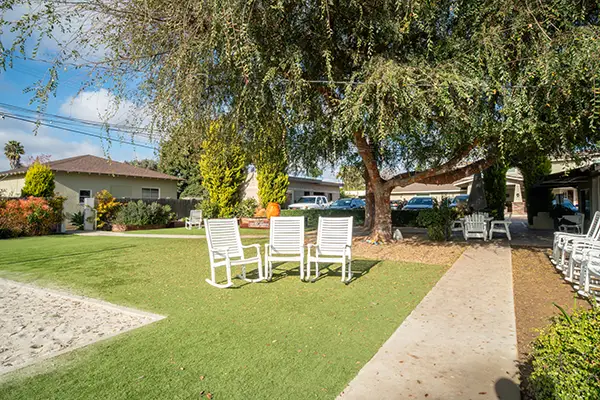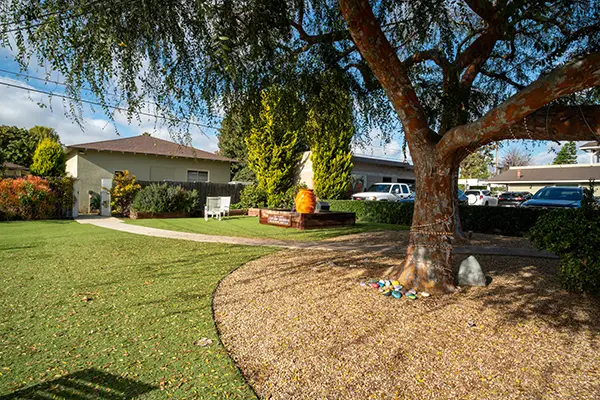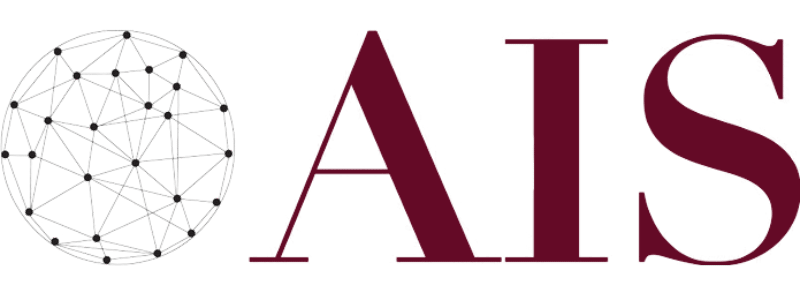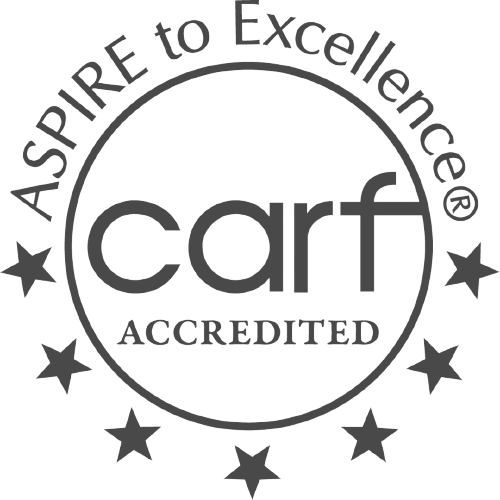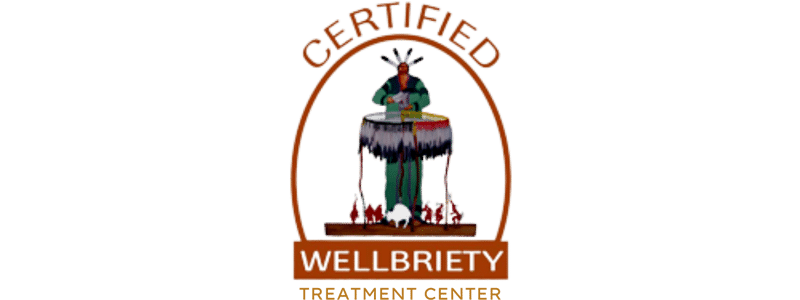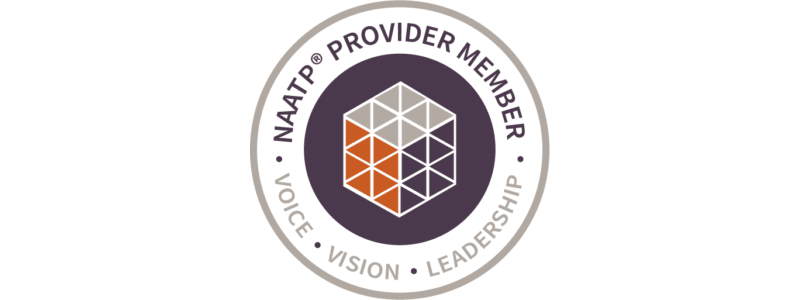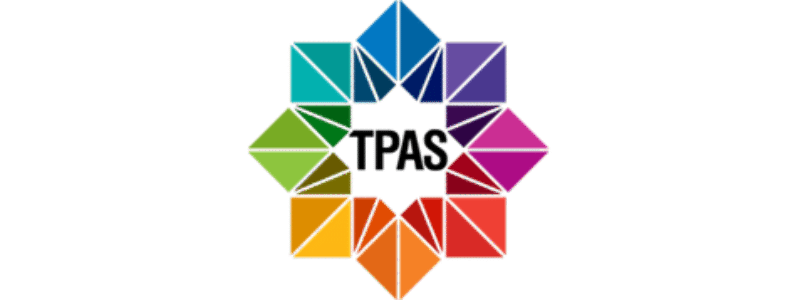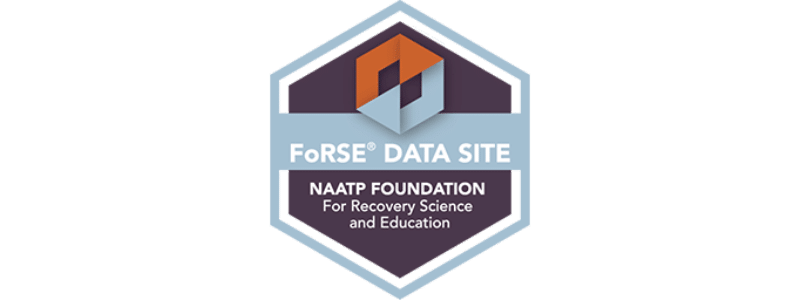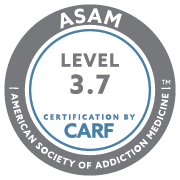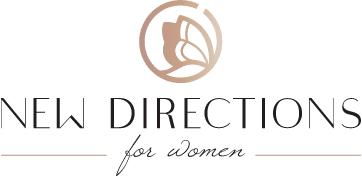
Vox has asked their readers to share their stories about drug addiction treatment for the Rehab Racket project and were surprised at the large number of responses (over 1,000 received in four months). This huge response has poured in from all throughout the U.S. and internationally. While most of the stories come from treatment alumni themselves, parents and loved ones have also shared their perspective as a family member. These are just as powerful, seeing as though addiction is a family disease.
As reporter German Lopez shares, the theme is that “addiction treatment is expensive, hard to navigate, and far too often fails people.” We want to address these issues and how our field as a whole can continue to improve to help those still struggling with substance use disorder.
Addiction Treatment and Insurance Coverage
The article cites a report which finds commercial insurance coverage of addiction treatment is getting worse, and that residential drug and alcohol rehab facilities are 10 times more likely to be out of network than other types of medical or surgical facilities in 2018 (and that outpatient programs have similar disparities). We have chosen to be in-network with insurance providers including Cigna, MHN, Optum, and UnitedHealthcare. We believe in breaking down barriers to accessing treatment, and one of the first ones is affordability.
What is “In-Network”?
When a treatment provider is considered “in-network,” they have an agreement or contract with an insurance company to offer care at a specific, prearranged rate which is usually lower than other providers. Basically, the facility is considered a participating provider through a member’s insurance company. It requires time, energy, and resources for a facility to become an in-network provider with insurance companies, and the facility must also accept the discounted, agreed-upon rate.
The Issue of Parity
Secondly, the article brings up the issue of insurance providers not wanting to pay for addiction treatment. Several families have sued insurers and landed victories that could serve as precedents for the insurance industry. It’s important to note that parity, or The Paul Wellstone and Pete Domenici Mental Health Parity and Addiction Equity Act of 2008 (MHPAEA), passed over a decade ago. It ensures that group health plans and insurers are required to provide substance use disorder and mental health benefits just as they would medical or surgical benefits.
Unfortunately, parity continues to be unimplemented and unenforced. The National Association of Addiction Treatment Providers (NAATP) and other advocacy groups continue to be the field’s voice in Washington to support fair insurance reimbursement for substance use disorder care. It’s important for all recovery advocates to share their stories within the trenches of addiction treatment of how insurers denying care can result in terrible outcomes, including death. Substance use disorder is a chronic and fatal disease, after all.
Knowledge about Addiction Treatment in America
The article refers to treatment modalities, as well as there being little to no research on their effectiveness. However, there is a great deal of research on the effectiveness of evidence-based models including EMDR, Seeking Safety (trauma therapy), cognitive behavioral therapy (CBT), and 12-Step facilitation.
The National Institute of Health (NIH) has published “Principles of Drug Addiction Treatment: A Research-Based Guide.” It covers behavioral approaches that can help individuals remain abstinent from drugs and alcohol, modify their behaviors related to addiction, and improve life skills to handle triggers and cravings for drugs.
Success in Addiction Treatment
The article is correct that there’s a lack within the treatment field in providing outcomes on the success of addiction treatment. Many programs share no outcomes at all, or may provide biased outcomes within a flawed data collection system. As a field, we need to do better overall in providing verified success rates.
NAATP, the membership organization previously mentioned, took on the Outcomes Pilot Program (OPP), a multi-site study designed to measure long-term outcomes for clients who received inpatient substance use disorder services. NAATP’s overall goal was to create a standardized, uniform, and replicable methodology for outcomes tracking that NAATP treatment providers could implement.
New Directions’ Participation
New Directions for Women was the smallest organization to participate, out of eight total sites. Our staff gathered the survey information, and the OMNI Institute, an independent and impartial research organization, analyzed all data. Data collection occurred from January – December 2017, and we received compiled information in November 2018.
After a period of participation for more than a year, we were happy to see very positive outcomes! Of all individuals surveyed, we were able to maintain consistent contact with 60% of all participants at one-year post discharge. Of that 60%, 76% reported complete abstinence one year post discharge. We continue to have the goal of 70% of alumnae (who completed the clinically recommended length of time) in recovery one year post-discharge from their drug of choice.
Alcoholics Anonymous
The Rehab Racket series is just beginning, and up next they will be covering the dominance of the 12 steps. Many individuals have questioned AA, including a recent New York Times Op-Ed by Holly Whitaker, who also has a book coming out, “Quit Like a Woman.”
Whitaker states, “A.A. may be the foundation of global recovery, but it wasn’t made with everyone in mind.” While New Directions for Women was founded out of women in Alcoholics Anonymous in the 1970s, we also believe there is no one right way to get well, and providing multiple pathways is the best approach for women in early recovery.
Wellbriety
The founders of Wellbriety – a Native American lens of recovery – saw addiction as stemming from intergenerational trauma that was passed down from their ancestors. We chose to become certified in Wellbriety at NDFW because so many women hold on to intergenerational trauma and it keeps them in their addiction without ever knowing why.
Refuge Recovery
In addition, Refuge Recovery is a Buddhist approach to recovery, considering the root cause of all forms of addiction is suffering, and recovery comes from using the traditional Buddhist practices of the Four Noble Truths and the Eightfold Path. We host two Refuge Recovery meetings for the community and clients at NDFW.
To be clear, we do also encourage participation in 12 step meetings and other community-based self-help options. 12 step groups – especially gender-specific ones like the Thursday night meeting at the New Directions for Women campus, can increase female empowerment because of their relational emphasis, their non-hierarchical nature, being free and readily available, and encouraging women to be of service to women newer in the program.
Lessons Learned from Rehab Racket
It’s clear that the rehabilitation field, while largely well-meaning, still has work to do. At New Directions for Women, we are committed to improvement across the board, and we want to work with clients as well as insurance companies to decrease costs and improve care.
The nature of addiction treatment means that it is impossible for it to have a 100% success rate. You can have the best therapists in the world and the most generous insurance provider and still not reach treatment goals.
There are so many factors-genetics, outside agitators, family and environmental stimuli-that it is impossible to guarantee success. We do, however, want to learn from contemporary research and valid criticism of the industry and do our best to improve where we can. With that spirit in mind, here are four findings that the authors of Rehab Racket shared with readers.
Poor insurance coverage leads to excessive treatment costs.
The vast majority of respondents to the Rehab Racket study reported difficulty receiving addiction coverage through their insurance provider, or difficulty accessing affordable rehab because they did not have insurance. This echoes a nationwide problem. In a 2018 survey, as many as 314,000 people reported that they could not receive needed rehabilitation or detox because they a) didn’t have health coverage, b) had health coverage but still couldn’t afford the treatment at a reduced rate, or c) had health coverage but their provider did not cover the costs of rehab.
While more Americans have healthcare than ever before (and more Americans need rehab services than ever before), a recent study found that coverage for rehab services is actually getting worse. Statistics show that rehab treatment is as much as 10 times more likely to be considered “out of network” and thus denied by insurance as a primary care doctor. Thus the extremely high cost of rehab-insurance is meant to be a buffer between clients and excessive costs, but it is not doing its job in the rehabilitation realm.
There is still much to learn about rehabilitation treatment in America.
The author of Rehab Racket cites conversations with insurance and rehab providers where many of their questions were met with, “I don’t know.” The author then goes onto a document that various therapies do not follow traditional modalities for documenting success/failure, and yet they are still being used. There is no claim that they don’t work, just that there is insufficient data to prove that they do.
At New Directions, we are committed to customizing a treatment plan that works for you. We used evidence-based approaches as well as “experimental” approaches that we believe may be beneficial. While we agree that there is still much to learn in the realm of rehabilitation treatment, we are committed to being on the cutting edge of effective and safe methodologies.
The treatment industry does not effectively utilize data about addiction treatment.
The author of Rehab racket focuses on the fact that medications are an extremely effective form of rehabilitation treatment, yet they are only offered in approximately 40% of rehab facilities nationwide. He rightly assumes that this is due to concern over simply adding another addictive substance to an addict’s plate.
While we affirm that addiction medications, such as methadone, are not for everyone, we believe they can be extremely effective under the watchful eye of our trained staff. We are committed to intense research so we can best meet the needs of individuals. While medications can be effective, we do want to limit their use when possible.
There is still a stigma to overcome regarding rehabilitation.
This point we wholeheartedly agree with. The author of Rehab Racket reports that insurance and healthcare providers are still reluctant to support affordable treatment because “addiction is still seen as a moral issue, not a healthcare issue”. While drug and alcohol abuse is a harmful personal choice, addicts are often at the mercy of factors for which they have little to no control, such as family history or an injury leading to pain killer use.
At New Directions, we are committed to working with our clients and their families to de-stigmatize addiction and we will fight for as much coverage/financial support as possible to ease the transition to rehab.
In Conclusion
We always applaud well-researched projects into the addiction treatment field as a whole. We agree with the author that “drug addiction treatment can work when it’s evidence-based, accessible, affordable, and flexible.” Sometimes, these projects shine a light on the negativity within the space but don’t always share about the places that are getting things right.
We are looking forward to going into 2020 as our 43rd year of providing caring addiction treatment services to women and their families and helping as many individuals in crisis begin their lifelong journey of addiction treatment.

